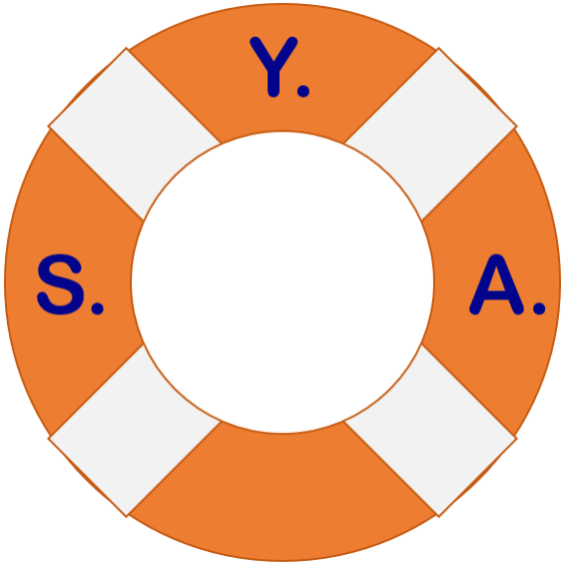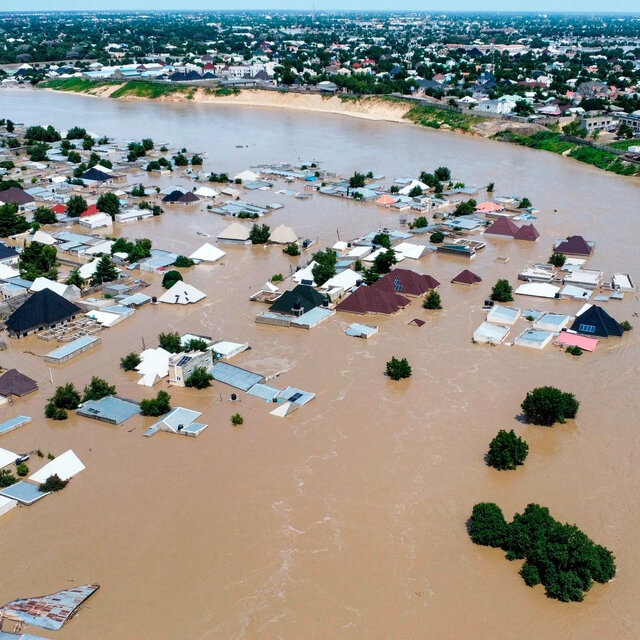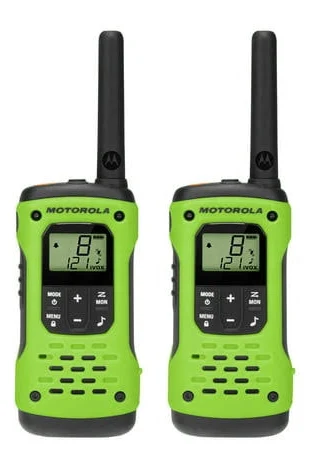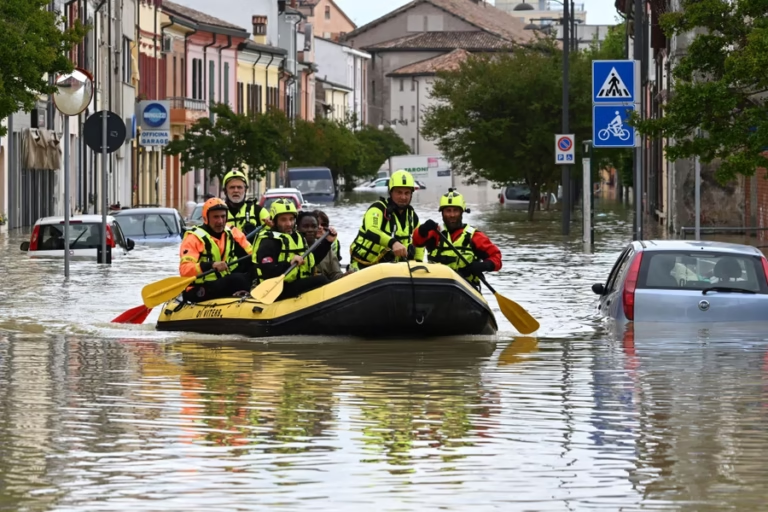Last month I wrote about getting prepared for a flood event. You can read that article here. This month let’s talk about the aftermath of a flood and the cleanup effort needed to recover from this disaster event.

How to Clean Up Your Home After a Flood
Floods can cause serious damage to your home and belongings, and pose health risks to you and your family. If you have experienced a flood in your home, you need to act quickly and safely to minimize the impacts and prevent further problems. Here are some steps you can take to clean up your home after a flood.
1. Turn off the utilities.
Before entering your home, make sure the power and gas are shut off. This will prevent electrical shocks, fires, and explosions. If you are not sure how to do this, contact your utility company or a licensed electrician or plumber for assistance.
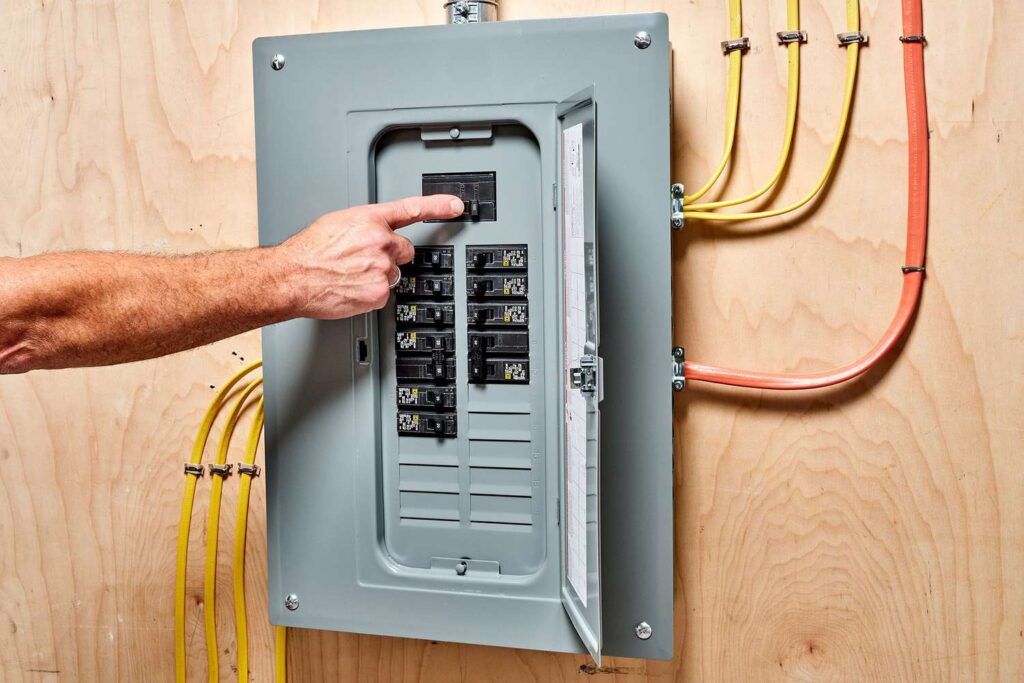
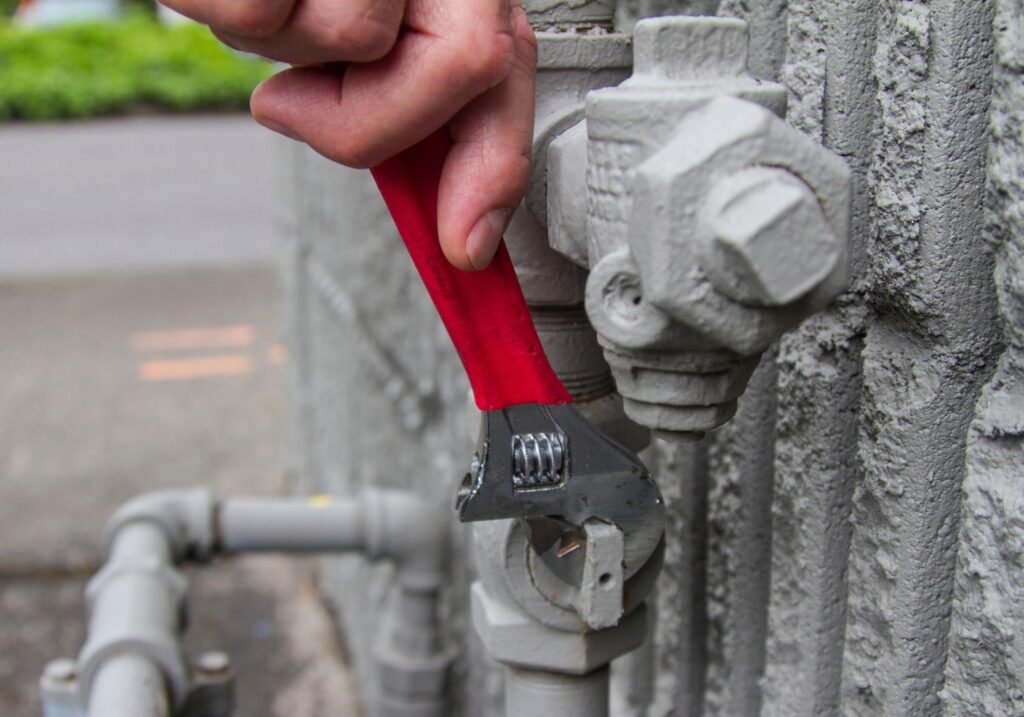
2. Wear protective gear.
Flood water can contain harmful contaminants, such as bacteria, viruses, chemicals, and mold spores. To protect yourself from exposure, wear rubber boots, gloves, goggles, and a mask or respirator. Avoid touching your eyes, nose, or mouth while cleaning.

3. Remove standing water and all soaked materials.
Use a pump, a wet/dry vacuum, or buckets to remove as much water as possible from your home. Dispose of any items that are wet, such as carpets, rugs, furniture, mattresses, books, papers, clothing, and food. Place them in sealed plastic bags or containers and take them to the curb for collection. Basically anything touched by the flood waters must go unless it can be cleaned and sanitized before use (ie, dishes, glassware, silverware, etc.)
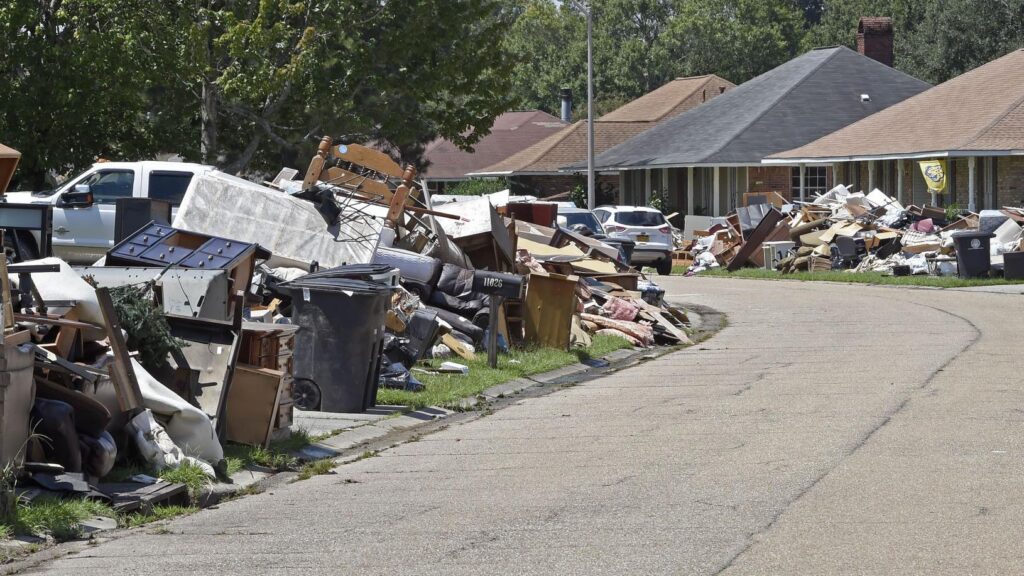
4. Shovel out mud and debris.
Mud and debris can clog drains, damage floors and walls, and harbor mold and pests. Use a shovel or a rake to remove as much mud and debris as possible from your home. Hose down any remaining dirt with clean water.
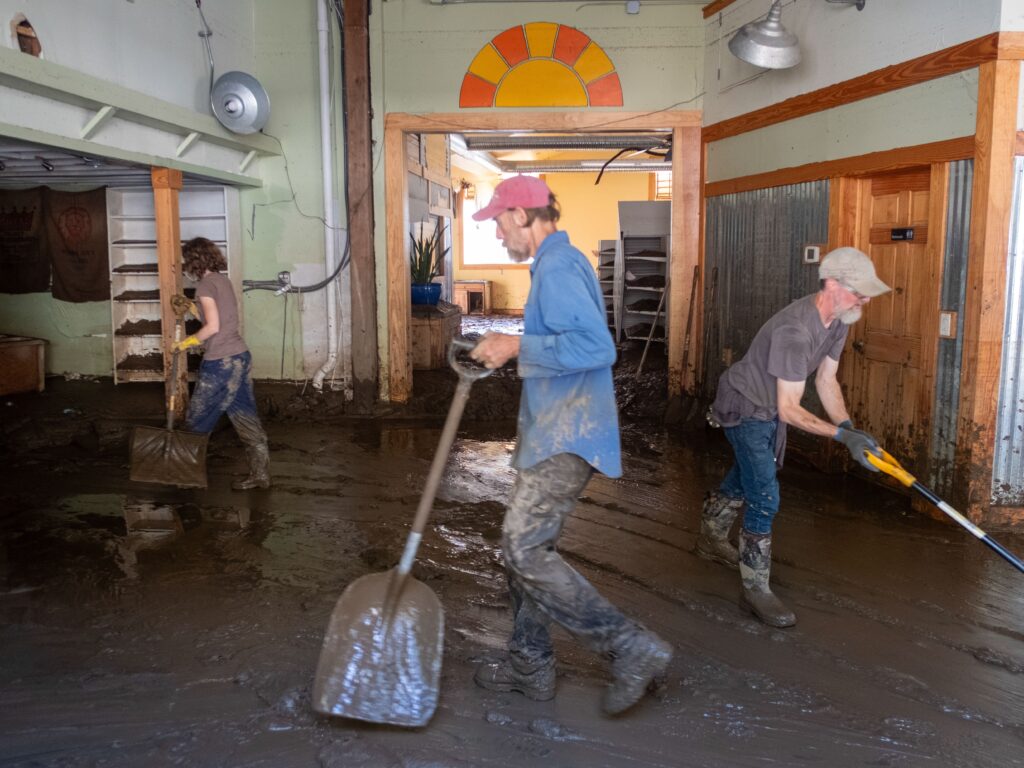
5. Remove wall interior surfaces and insulation.
Drywall, paneling, plaster, and insulation can trap moisture and mold behind them. Cut away any wet or stained wall materials at least 12 inches above the water line. Remove any wet insulation from the wall cavities and ceiling.

6. Scrub walls and floors and then disinfect with bleach solution.
Use a stiff brush and a non-ammonia detergent to scrub all hard surfaces that came in contact with flood water. Rinse with clean water and let them dry completely. Then mix one cup of household bleach with one gallon of water and apply it to all surfaces with a spray bottle or a mop. Let it sit for 10 minutes and then rinse with clean water.
7. Dry thoroughly before rebuilding.
It may take several weeks or months for your home to dry completely after a flood. Use fans, dehumidifiers, heaters, and ventilation to speed up the drying process. Do not cover up any wet areas until they are completely dry. Check for mold growth regularly and remove it if you find any.

Flood Cleanup is possible
Cleaning up after a flood can be a daunting task, but it is essential for restoring your home and protecting your health. Follow these steps carefully and seek professional help if needed.
Additional Resources
- Flood │ Clean Up Your Property Safely | FEMA
- Resources for Flood Cleanup and Indoor Air Quality | US EPA
- Cleaning up after a flood | UMN Extension
- 6 Tips for Cleaning Up a Flooded House | The Family Handyman
Last Updated on April 22, 2023
